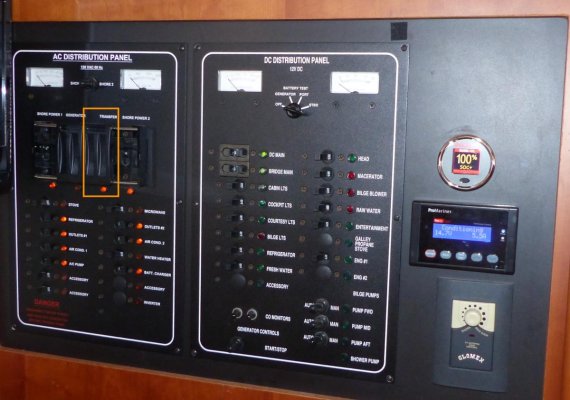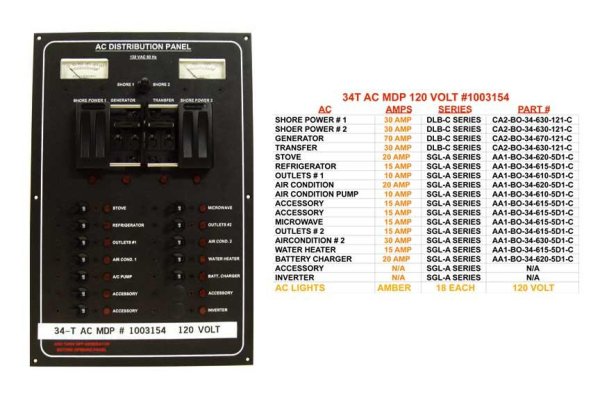Hello Everyone:
I've reviewed countless posts on this general subject, but have yet to find an answer to my quandary. Maybe my challenge is too simple?
My 2006 Mainship 34T features twin 30 amp power cords for a total of 60 amps with corresponding input receptacles on the transom. And when I have double 30 amp shore power outlets, I've obviously no problems. But when I'm faced with a town harbour that refuses to install another outlet, what can I do to properly power my boat?
I have a "splitter", along with a few other adapters (the purpose of which I have no knowledge), but does this not just divide the 30 amps into 2 x 15 amp circuits? And will this be sufficient to power all the heavy draw equipment aboard, including 2 C/A units, a 2-burner electric stove, water heater and assorted other pumps, chargers and inverters? Would the double 15 amp sources combine to provide the power on demand?
Are there any other solutions or ideas? Thanks.



